
Is it Illegal to Have No Front Number Plate?
UK roads are used by a multitude of vehicles with a variety of different number plates on display. Cars most commonly carry white and yellow plates with black c... Read more.
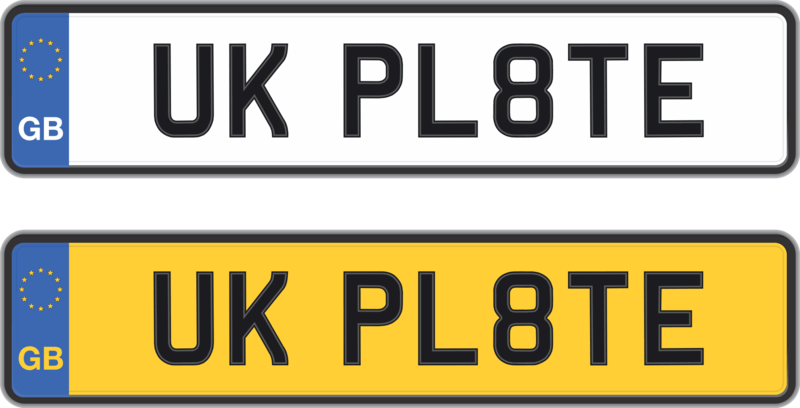
Why are Number Plates Yellow and White?
from the black and white plates of France to the multi-coloured registrations of Australia, every country across the world has its own laws regarding the colour... Read more.
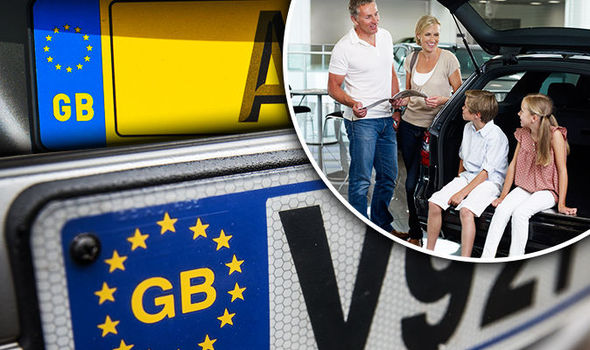
Whose Number Plate Is This?
In this age of data protection, there are very strict guidelines regarding personal privacy here in the UK. However, there are still some circumstances in which... Read more.
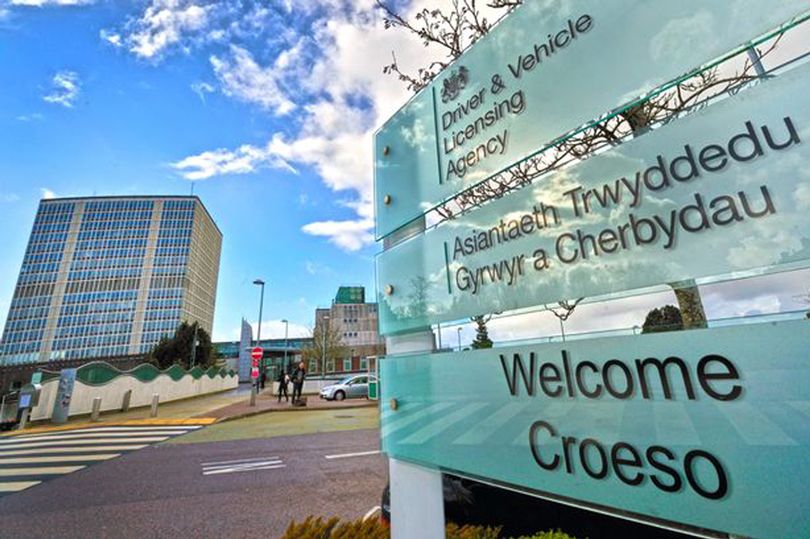
When Do New Number Plates Come Out?
While this wasn’t always the case, in the UK today, vehicle number plates are issued in two releases each year. The current format for plates allows those loo... Read more.
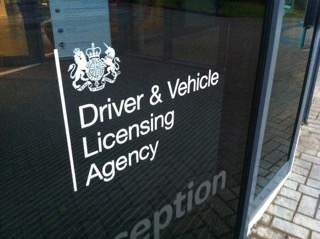
When Can A Number Plate Fail An MOT?
If your car is over three years old and less than 40 years of age, you’re required to take it for an annual MOT test to ensure it’s safe to drive on roads i... Read more.
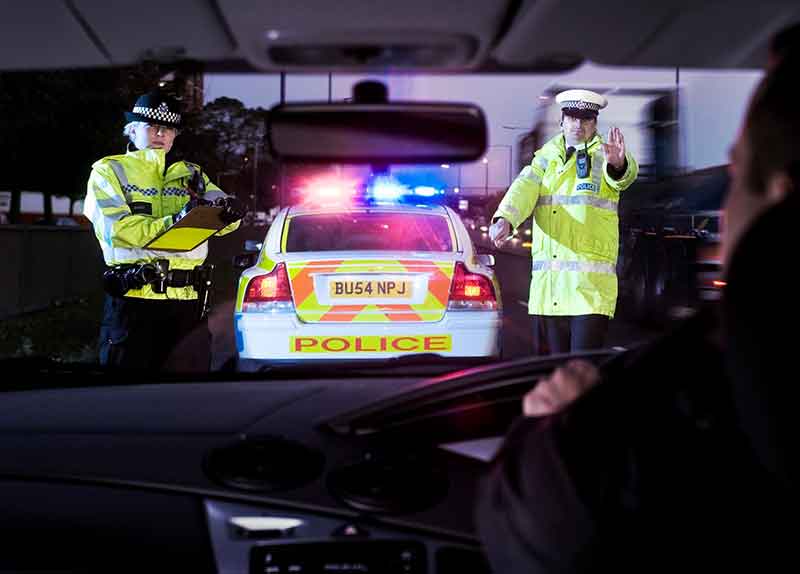
What to Do When Your Number Plates Are Stolen
You might be wondering why anyone would steal a number plate. While usually not the most expensive part of a car to replace, number plates can be useful to thos... Read more.
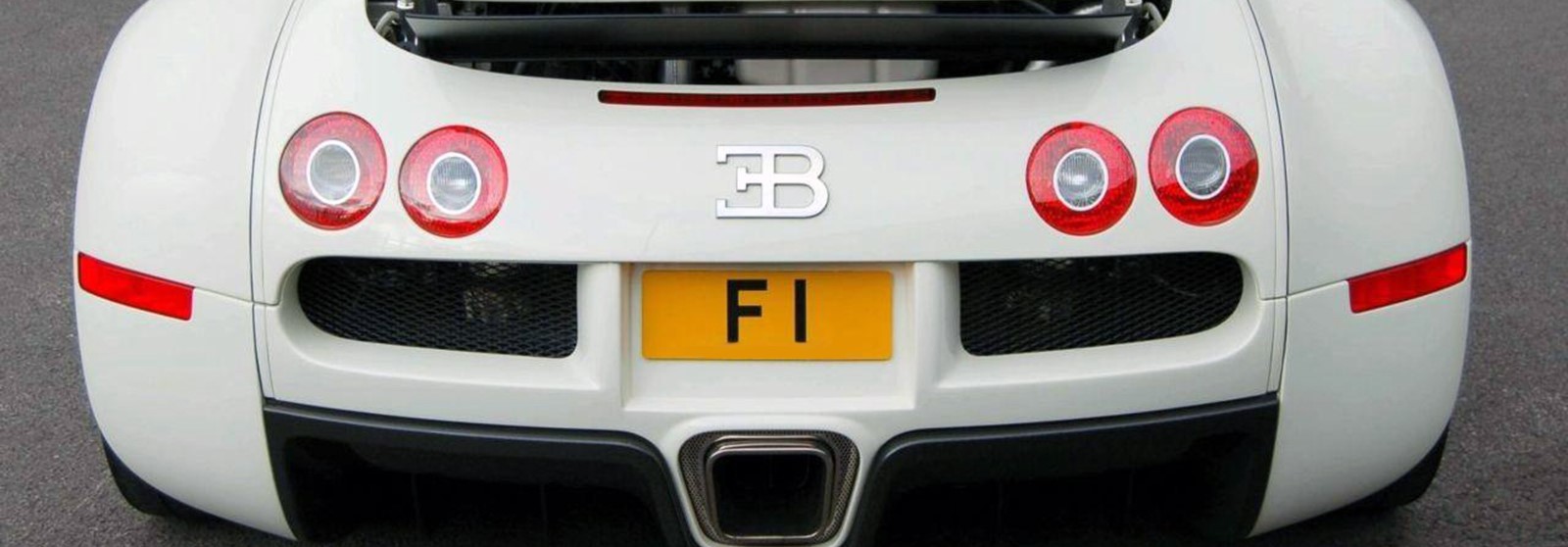
What Makes a Number Plate Valuable?
For many years, if your number plate spelled out a name or resembled a well-known word, it was simply a matter of luck. Issued by the DVLA without any considera... Read more.

What Is the Standard Size of a Motorcycle Number Plate?
While travelling on UK roads, you may have seen some variations when it comes to motorcycle number plates. From black and silver plates positioned across the fr... Read more.